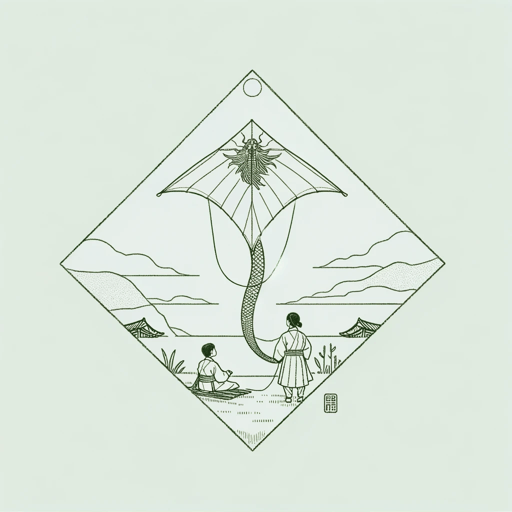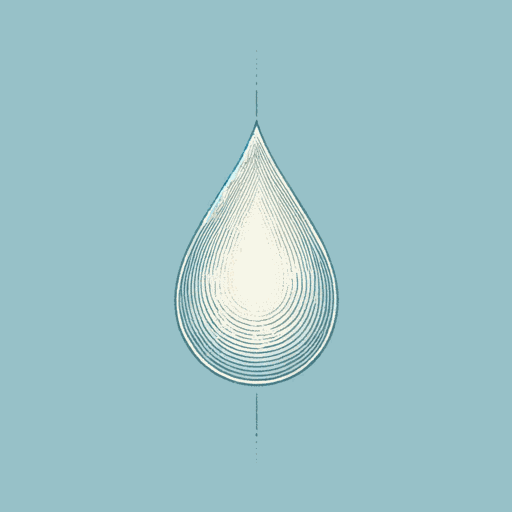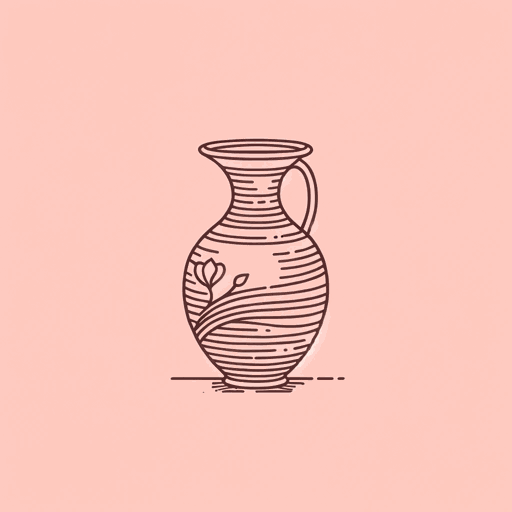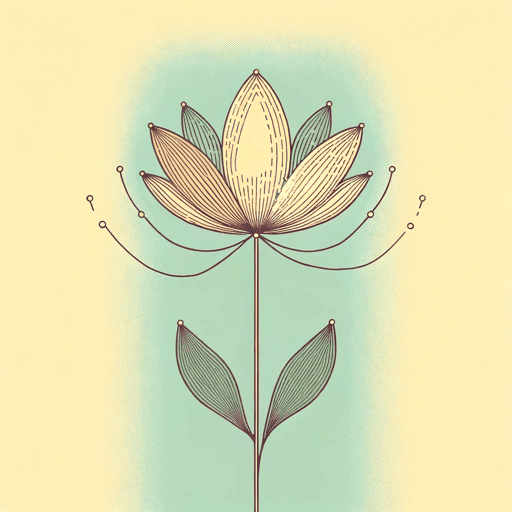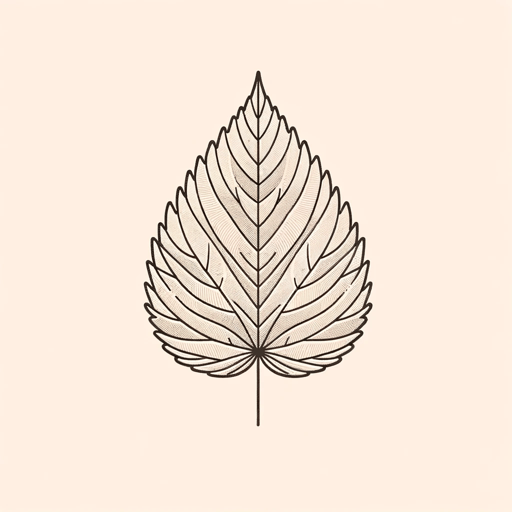35 pages • 1 hour read
Linda Sue ParkThe Kite Fighters
Fiction | Novel | Middle Grade | Published in 2000A modern alternative to SparkNotes and CliffsNotes, SuperSummary offers high-quality Study Guides with detailed chapter summaries and analysis of major themes, characters, and more.
Summary and Study Guide
Overview
The Kite Fighters (2000) is a middle-grade historical fiction novel written by author Linda Sue Park. Set in 15th-century Korea, The Kite Fighters is among several children’s books the Newbury medalist has written relating to her own Korean American heritage. Narrated in a third-person omniscient perspective, the story follows the young Lee brothers as they embark on participating in the annual New Year kite fights. The brothers each have their strengths, and grapple with the rigid constraints that neo-Confucian society places on their behavior and relationship. By working together, Young-sup and Kee-sup gain a deeper understanding of their Family and Brotherhood, Honor and Tradition, and a sense of Identity.
This study guide refers to the Clarion Books e-book edition.
Plot Summary
Lee Kee-sup, the first-born son of Rice Merchant Lee, struggles to fly his new New Year kite. 11-year-old Lee Young-sup, on the other hand, has an innate skill for kite-flying and is drawn to the sport immediately. A year later, the brothers craft new kites of their own: Young-sup makes his hastily, and the resulting kite can barely fly. He learns from his elder brother that good craftsmanship cannot be rushed, and that his patience can be rewarded with a magnificent kite. During this process, Kee-sup celebrates his entry to adulthood with a traditional capping ceremony, and Young-sup struggles to understand his brother’s new superiority over him. After demonstrating his excellent flying skills at the market, Young-sup cleverly wins a wager with Kite Master Chung and in exchange for new customers, he wins himself an expensive reel.
One day, while the brothers are flying their kites, Korea’s young boy-king arrives and commands them to make him a flag too. Kee-sup spends a long time debating on the perfect design, but with the help of his brother and father, crafts a beautiful dragon kite for the King. While he is finishing it, the King returns to play with Young-sup, and commands Young-sup to teach him how to speak casually. Despite his initial discomfort, Young-sup abides, and they spend the day playing together as equals. The boys finally bring the finished kite to the palace, where the King asks Young-sup to fly his new dragon kite on his behalf at the upcoming kite fights.
At home, the boys’ father dismisses this great honor and insists that Kee-sup, as the eldest, should be the one participating in the fights. Privately, Young-sup expresses his anger at Kee-sup, but the two eventually confide in one another and make amends. Knowing that Young-sup is the better flier, Kee-sup convinces his father to let Young-sup fly. He also comes up with a plan to give Young-sup an advantage: He coats the kite line in a mixture of ground up ceramic to make it easier for Young-sup to cut other kites’ lines.
After much practice, the day of the festival arrives, and Young-sup swiftly makes it to the final round. A tense match, it is initially unclear whether Young-sup cut his competitor’s line before falling out of his designated area. However, the reigning champion admits defeat, making Young-sup the winner. In a break with tradition, the King creates a new ceremony to close the festival, and Young-sup enjoys the new lantern kites while feeling proud of his accomplishment.
Related Titles
By Linda Sue Park
Featured Collections
5th-6th Grade Historical Fiction
View Collection
7th-8th Grade Historical Fiction
View Collection
Appearance Versus Reality
View Collection
Asian American & Pacific Islander...
View Collection
Brothers & Sisters
View Collection
Childhood & Youth
View Collection
Community
View Collection
Daughters & Sons
View Collection
Diverse Voices (Middle Grade)
View Collection
Fate
View Collection
Fathers
View Collection
Hate & Anger
View Collection
Juvenile Literature
View Collection
Korean Literature
View Collection
Loyalty & Betrayal
View Collection
Nation & Nationalism
View Collection
Order & Chaos
View Collection
Pride & Shame
View Collection
School Book List Titles
View Collection
